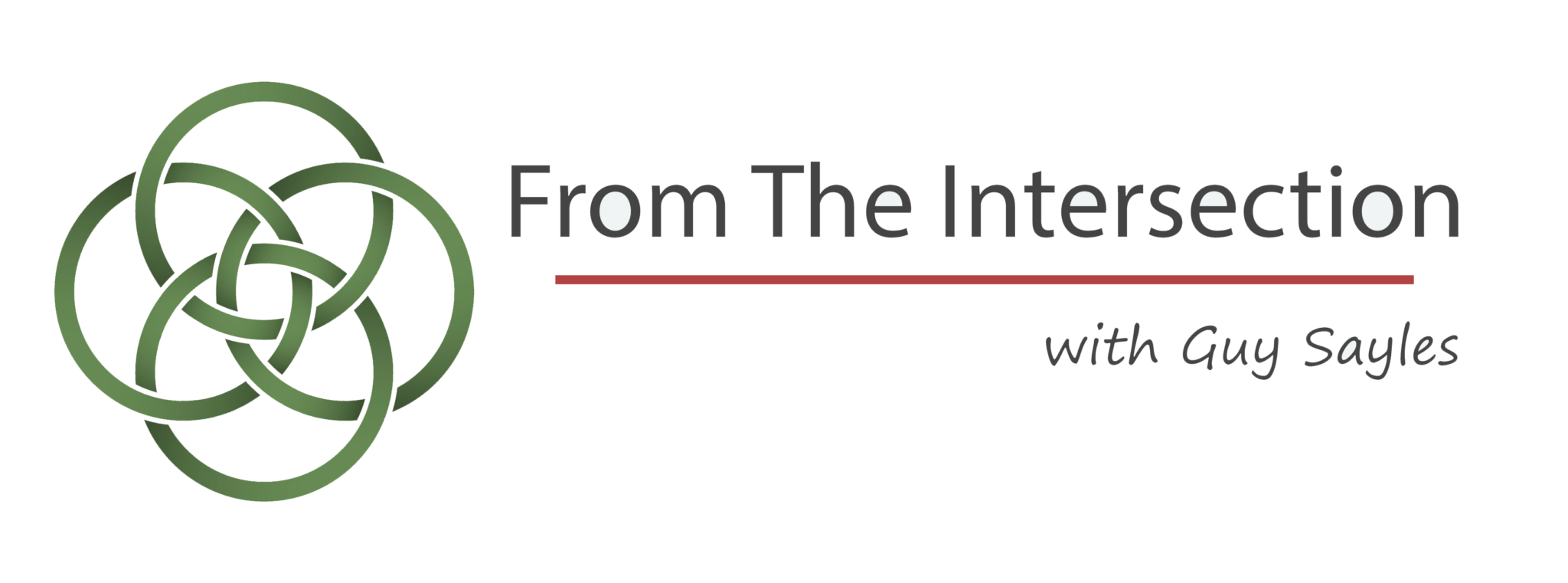
My ways of observing Lent changed significantly in 2014.
Early in that year, I was diagnosed with Multiple Myeloma. Treatment (infusions/injections, steroids, and a daily chemo capsule) began on Ash Wednesday. Following that afternoon’s initial treatment, I went to the church, put on my robe, prayed (more like sighed) the Kyrie a few times, and joined with my colleagues to lead the service that signals our entrance into a forty-day season of reflection, repentance, and preparation.
A central invitation of Ash Wednesday, and of the entire Lenten season, is to reckon with death, by living with Jesus in the looming shadow of the cross and allowing our inescapable mortality to make our reflection more honest, our repentance more decisive, and our preparation more disciplined.
That evening, after chemo, I traced crosses on the foreheads of people I loved and said, over and over, “Remember that you are dust, and to dust you shall return.” I said it to them and to myself.
I am dust, finite, and fragile. I will die. Sometimes, when I think and say those words, I get a metallic taste in my mouth, feel a tightening in my gut, notice a shallowing of my breath, smell the odor of Cal-Stat Sanitizer, and see a forest of IV poles. Death and cancer, treatment and trauma, infusions and isolation are inextricably intertwined. I don’t, of course, wear ashes on my forehead every day, but they’re tattooed on my psyche and engraved in my mind.
And, I am grateful. Not to have cancer and not to be, after all this time, still in regular treatment. Not for the steady presence of pain, fatigue, and queasiness. I’m thankful, instead, that it’s far less possible than it would otherwise be for me to be heedless about the passage of time and the inevitable dwindling of days—not impossible, but less possible. I still have days, sometimes several in a row, when I drift into forgetfulness about how much it matters that I make the most of time, not fretfully and frantically, but thoughtfully and intentionally. I can count on something—a night of particularly intense bone and neuropathic pain or a tanking of energy or a concerning lab report—to pull me out of the drift.
There are ways in which I live in Lent most of the time. It strikes me that all of us have lived, for more than a year, amid dust and ashes, in anxiety about illness and death, and with loss and lamentation. We’ve had to reflect on the condition of our spirits—not merely as individuals but as a culture: what has viral fear of the other done to our capacity for love? We’ve been challenged to repent of our resistance to repentance itself, of our reluctance to face truth and to make changes for the sake of justice, peace, and compassion. We’ve been called to prepare for a better, wiser, and more faithful future.
We refer to the Sundays during Lent as occurring in Lent, but not being of Lent: they are reminders of joy, freedom, and light in the face of sadness, discipline, and shadows. Just as a few crocuses push through the dirt and bloom before Easter, beauty breaks through the dust of Lent, no matter how long it lasts. Laughter rises from the ashes of lament. A broken life can be an abundant life.
I’ve discovered that, as a cherished hymn text puts it, “a joy that seekest me through pain”; it doesn’t wait until the pain has passed. Limitations bring frustration; they also sharpen focus. A slower pace, as impatient as I often am with it, affords opportunities for greater attentiveness. The surer I am about my death, the gladder I am for the gift of life. As I lose things I once thought essential to my identity, I learn more about who I really am. Grace makes it possible to be empty and fully alive.
This long Lent teaches me that it’s really true that those who lose their lives with and for Jesus find them. I’m grateful that I’m not of Lent, just in it.
Discover more from From The Intersection
Subscribe to get the latest posts sent to your email.


Recent Comments